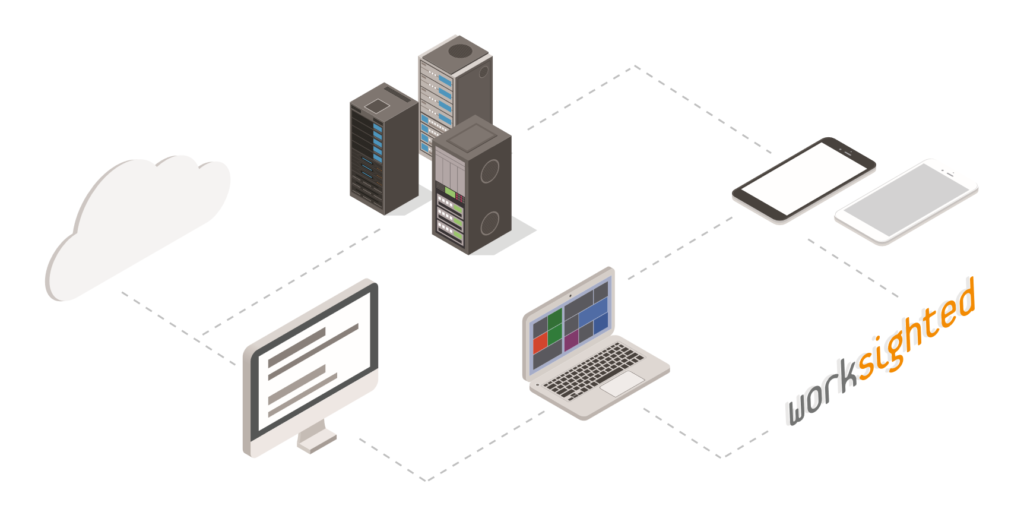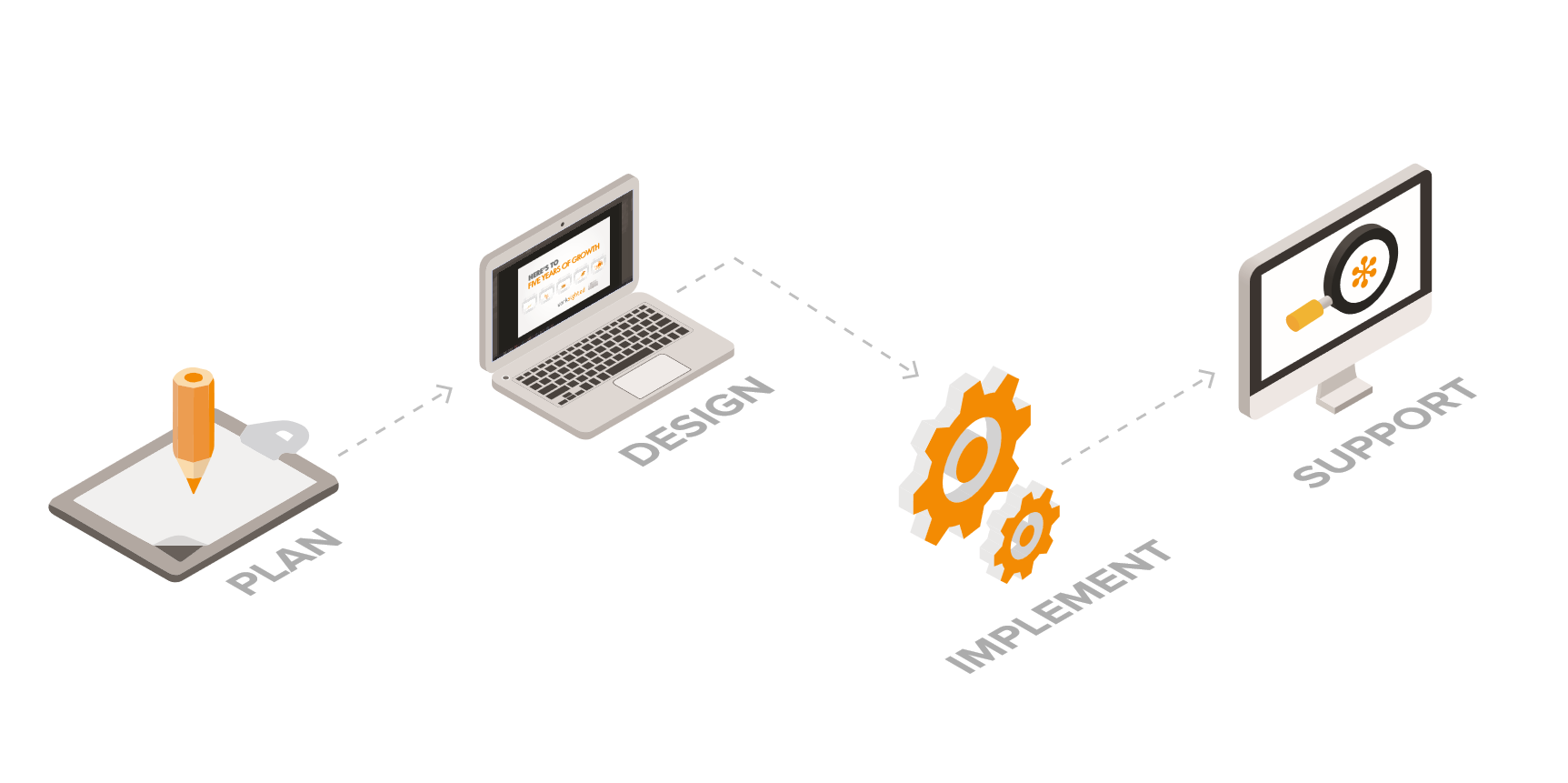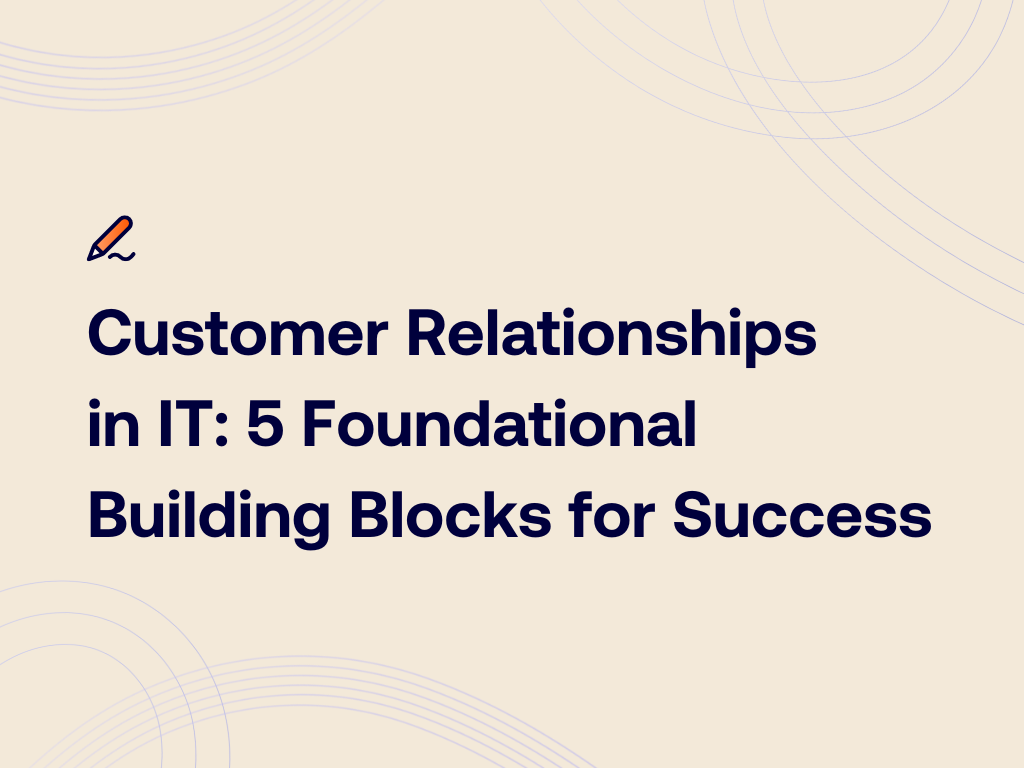Options for Enterprise Data Storage
Data is coming in faster than you can handle, but storing it properly requires research.
Which takes time.
But you don’t have extra time.
So what’s an IT manager to do? Skip the sob story on Facebook and focus – think about power consumption, scalability, legal considerations, business processes, security, and accessibility.
The first objective of your data storage solution is to enable file sharing and collaboration among your staff. Then performance, reliability, availability, and scalability of your solution.
Ultimately, you have three choices: store your data on-site, store your data off-site in the cloud, or use a hybrid solution.
On-site storage
The advantage of storing data on-site is that you retain full control of the hardware and data. This means you should be secure and compliant if your backup and disaster recovery (DR) systems are up to date.
In other words, it’s on you, for better or worse.
Enterprise data storage on-site usually involves a three-step deployment process:
- setting up the physical hardware
- migrating your data
- configuring and testing the system
Don’t forget appropriate storage media. We’re talking tapes, hard disk drives (HDDs) or solid state disks (SSDs). Tape is generally inexpensive, but its performance makes it suitable mainly for backup and archive functions only. HDDs offer higher performance for primary, more accessible data, whereas SSDs generally provide the best performance and reliability. Most businesses use a combination of all three.
Warning: more acronyms are coming. Bear with us, they are important.
Consider the importance of storage architecture as well. Direct-attached storage (DAS), storage area networks (SANs) or network-attached storage (NAS) devices. What you ultimately choose will depend on the collaboration capabilities you want between individual PCs and servers.
The type of storage architecture you choose will also affect the network protocols you use. For example, fiber channel and iSCSI are SAN protocols, while NAS is an IP storage protocol.
Enterprises deploying storage architecture in-house have tended to move away from traditional siloed NAS and SAN solutions to more integrated flash-technology based solutions.
Cloud-based storage
You can’t open Wired magazine, turn on the TV, or surf your mobile phone without seeing someone mention, “the cloud.” But what does that actually mean, besides being just a buzzword people use to sound sophisticated and fancy?
We thought you would never ask. Cloud-based data storage has been the talk of the global IT community for years now, with many of the biggest solutions pioneered by Google, Amazon, and Facebook.
Cloud solutions:
- Save space
- Simplify management
- Generally lower costs
- Provide on-demand capacity easily scalable for future needs
Perhaps the top advantage of cloud-based enterprise data storage is your vendor takes care of hardware and network architecture decisions. Once you’ve found a solution you’re happy with, it’s relatively easy to configure it to work with your current IT infrastructure.
Worksighted offers a full suite of cloud services and solutions designed to fit any business. We can examine your environment and design a cloud solution to fit your business.
Hybrid solutions
The best enterprise data storage solution for many companies tends to be a hybrid one containing both in-house and cloud-based components.
This typically involves keeping essential data in-house and using cloud-based services for lower priority data. On-site data storage is also used for performance (latency and bandwidth, and security).
The enterprise data storage sector is undergoing a continual evolution, with technologies such as storage virtualization, which promises superior archiving, backup and recovery administration.
Hybrid enterprise data storage solutions are also being used to optimize application performance, while software-based systems are becoming more common, offering end users a far greater range of storage and backup options.
Ready to learn more about how the cloud can transform your business? Drop us a line and we’ll review how a Cloud Readiness Assessment can assist with your discovery, analyzing, and planning for your move to the cloud.




